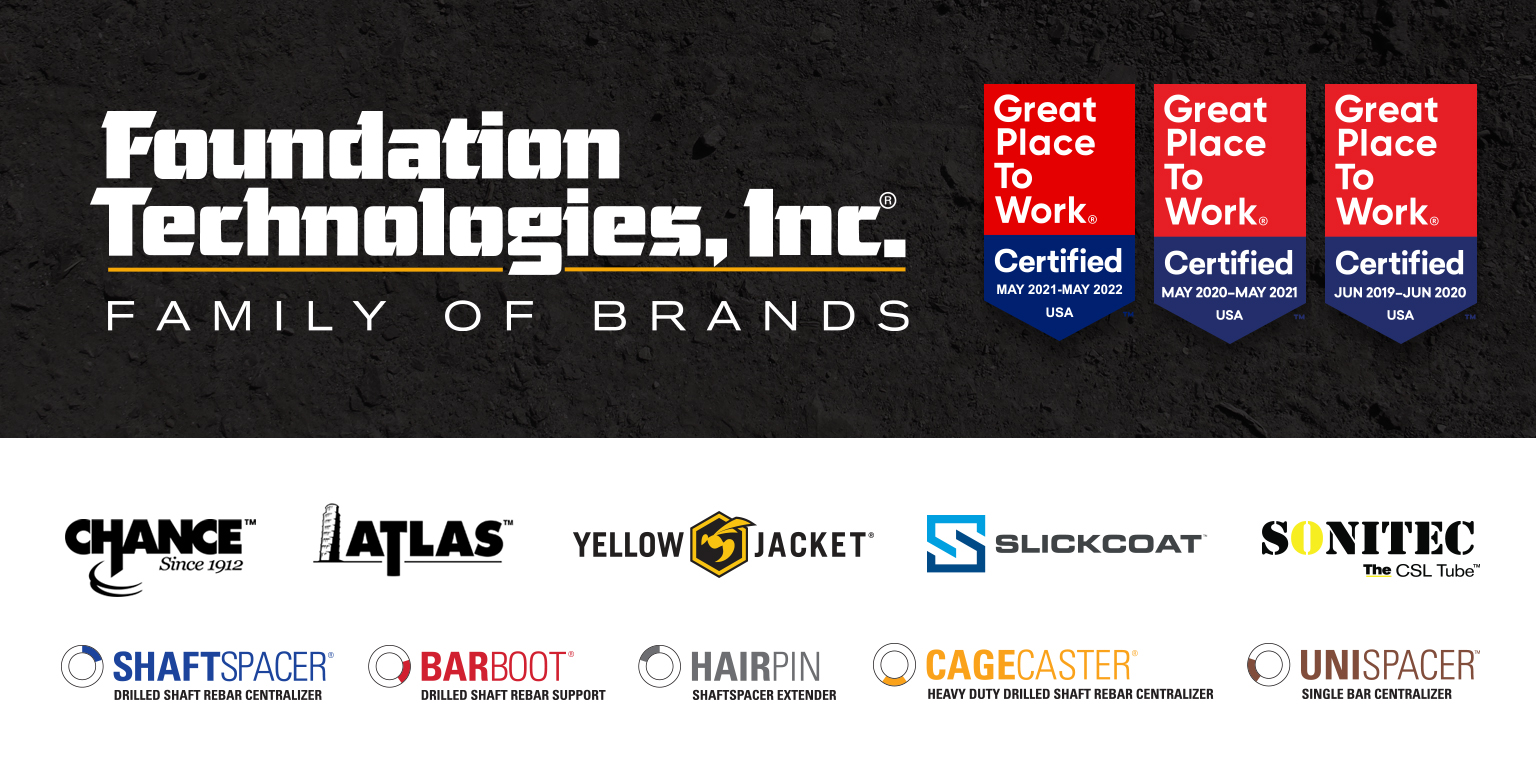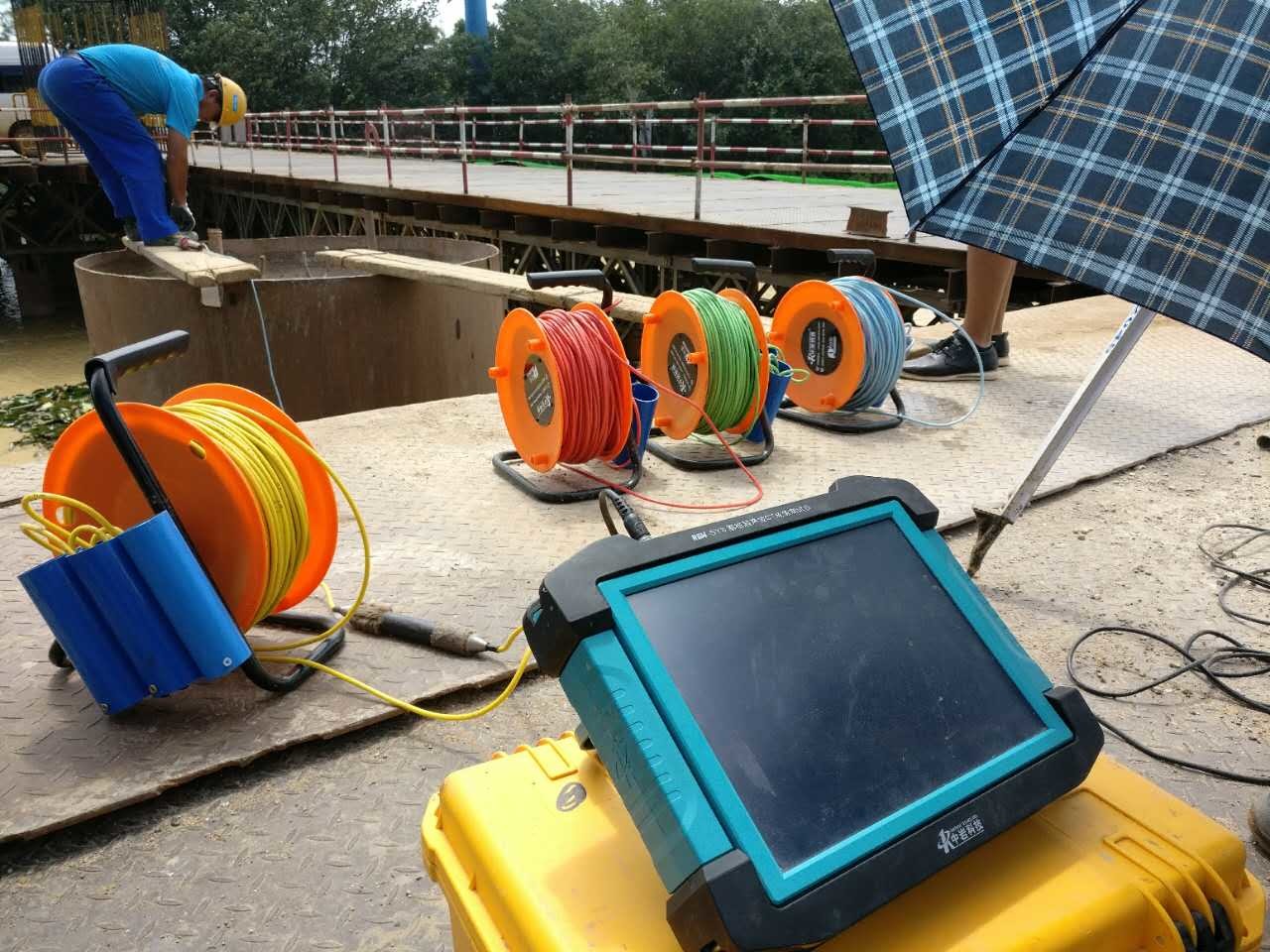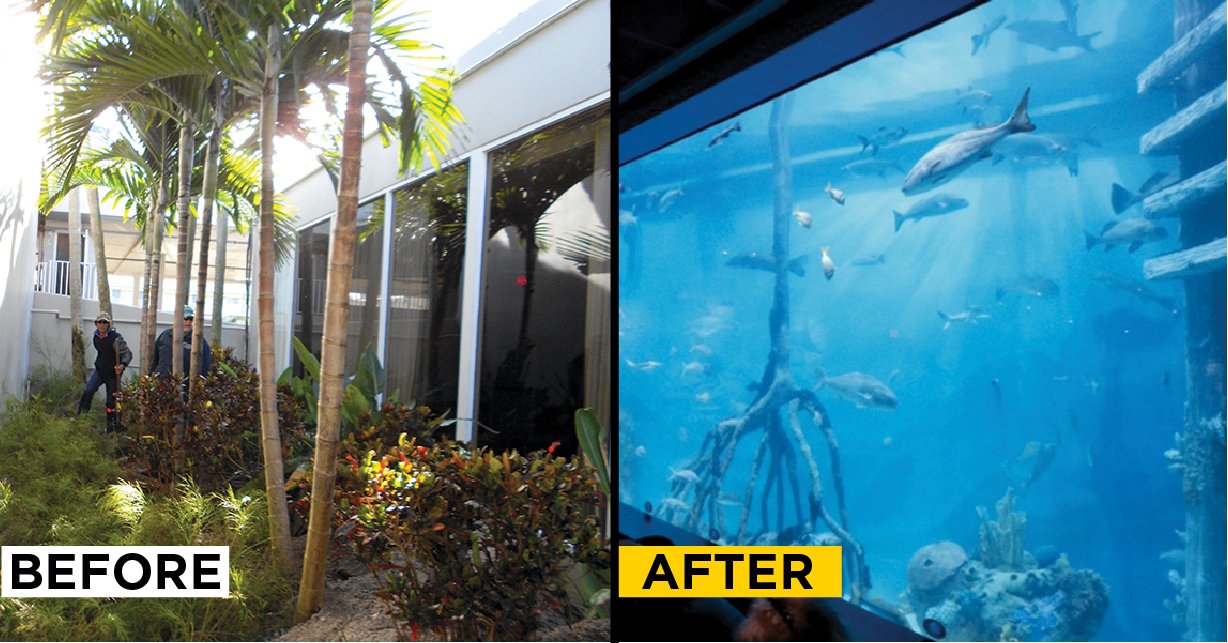Cross-hole sonic logging, or CSL, is widely acknowledged as a reliable technique for assessing the structural integrity of certain deep foundation elements. While accuracy and reliability are key benefits of any legitimate testing method, CSL has the additional benefits of being able to easily identify the location of any potential shaft anomalies, allowing users to perform real-time analysis on-site, collecting significant data that can be later used for additional engineering analysis, and allowing for effective and non-destructive analysis.
CSL is used to assess structural integrity, quality, and consistency of concrete drilled shafts, CIDH piles, slurry walls, as well as other varieties of deep concrete foundations.
While studies have shown that roughly 20% of shafts can have what qualifies as a “major defect,” utilization of structural integrity testing with cross-hole sonic logging allows for location, analysis, and data needed to resolve these defects and prevent future structural failures.
Assessing Drilled Shaft Integrity
In order to assess drilled shaft integrity with cross-hole sonic logging, drilled shafts will need to be prepared for integrity testing during their construction. This requires the installation of a minimum number of tubes. The number, dimensions, and type of tubes are typically defined by individual state specifications. Generally, these tubes are attached to the reinforcement cage along the full length of the shafts.
Typically, after the cage is placed the tubes are filled with water. CSL works by utilizing a transceiver that emits an ultrasonic signal in one tube, which is then sensed by an additional transceiver located in another tube. If the concrete between the tubes is poor or has defects or anomalies, it will delay or disrupt the signal’s path. This allows for a readout of waves that indicate problem areas.
Though this may sound a bit complicated, it works very quickly and can detect defects present inside concrete within minutes.
Access to Valuable Data
When the number of potential issues is taken into consideration, having access to the data provided by CSL during construction is vital. There are many circumstances that can threaten the integrity of deep foundation elements, particularly when drilling below groundwater level, and CSL allows users to gain access to needed information consistent with a high level of quality control and assurance. Structural integrity can be threatened by necking or caving in of drilled shafts, buckling of the reinforcement cage, damage to piles, excess water intrusion, and more.
With quality assurance data available, these issues can be more quickly resolved, saving time and money, while providing access to the issues that need to be resolved.
Can Be Applied in a Variety of Scenarios
In addition to providing data quickly and efficiently, CSL can be applied in a variety of scenarios, essentially any structure that supports the transmission of ultrasonic waves. Concrete, slurry, and grout, both above and below the waterline, can be analyzed with cross-hole sonic logging.
CSL can be used to collect precise data on the quality and integrity of concrete at different depths. Concrete drilled shafts, slurry walls, auger cast piles, and essentially any mass concrete pour which is in need of quality assurance is a good candidate for CSL.
Quick, safe, and informative, CSL makes access to essential data on the structural integrity of just about any project a priority.
Easily Interpreted Test Results
Finally, the interpretation of test results with cross-hole sonic logging is comparatively easy when contrasted with other tests, like low strain pile integrity tests. There are also no known limitations associated with shaft length or diameter, nor are the test results impacted by skin friction or variations in soil texture, making CSL an exceptionally flexible test.
In fact, if the probes are positioned diagonally (using offset transmitting transducers at different elevations) the data received allows engineers (using crosshole tomography) to create both 2D and 3D maps of the shaft being tested and any interior defects.
These benefits are all consistent with the widely-held belief that cross-hole sonic logging is a quality testing method for concrete structures and to identify the integrity of pours.
With easily interpreted data, non-destructive testing, flexibility in application, and minimal limitations, having CSL as a part of on-site quality assurance is a wise move to prevent future structural issues and create the most solid and effective foundational structures.




